“Bear”y Report Leave a reply
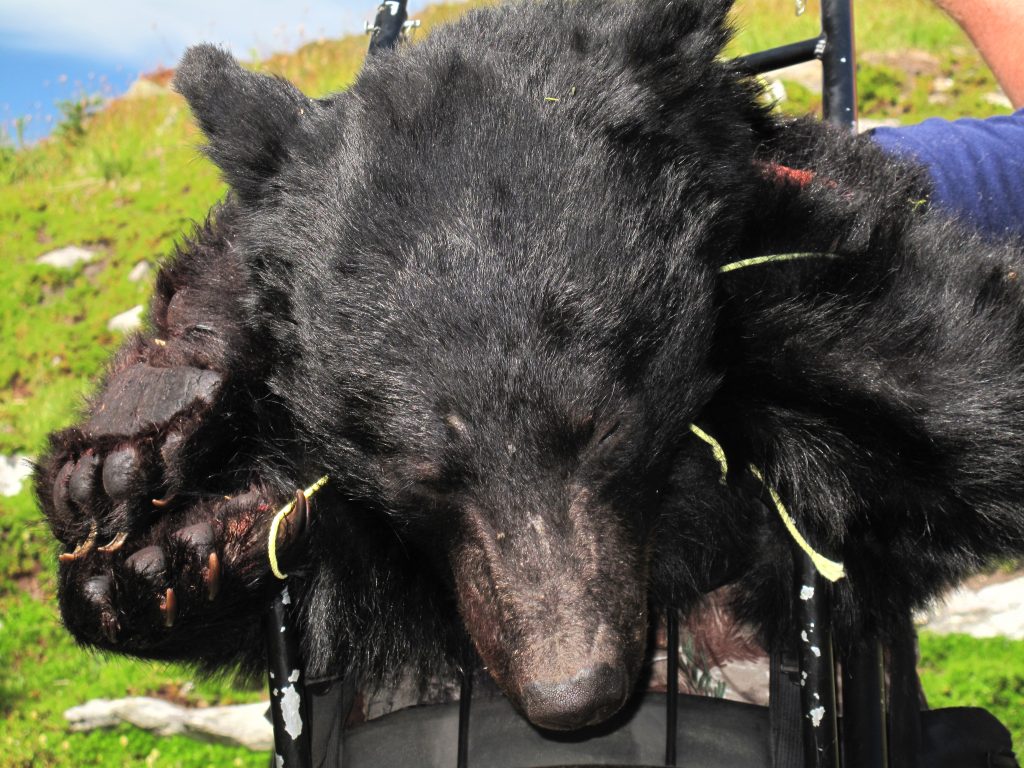
“Bear”y Report
by Jason Brooks
When it comes to early fall black bear season in the Pacific Northwest most hunters will be scouring the internet for the latest berry report. Unlike the berries you find in your back yard or the vacant lot down the street, high country berries will ripen at various times and knowing which berries are ripe when you go afield will help you decide on where to look for a bear. Hiking websites, chat rooms and weather pages give information that hunters can use to their advantage to finding early season bears.
Black bears are omnivores and will eat just about anything they can find that has calories to increase their fat reserves. In the spring it is green grass, blooming skunk cabbage and bugs such as grubs and moths. But come late summer and into fall wild berries begin to ripen. Full of sugar, the berries provide a quick way for bears to put on the needed weight to make it through the upcoming hibernation.
This is where the “berry reports” come into play for the hunter. Hikers, mountain bikers and campers often share information on their excursions, including trail conditions, hiking routes, water sources and berries. It is the berries that will lead you to success but it helps to know if there are trail obstacles, how often an area is being hiked and where to find good drinking water.
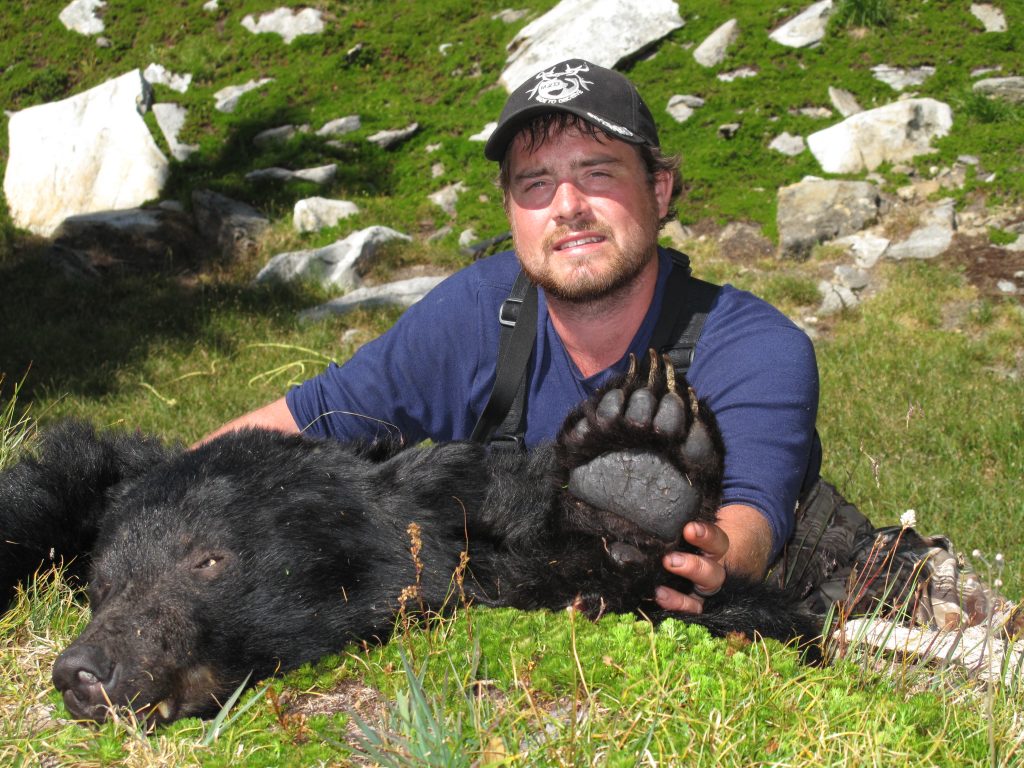
For those wondering what the current berry situation is, here is a quick rundown of what I have found over the past two weeks.
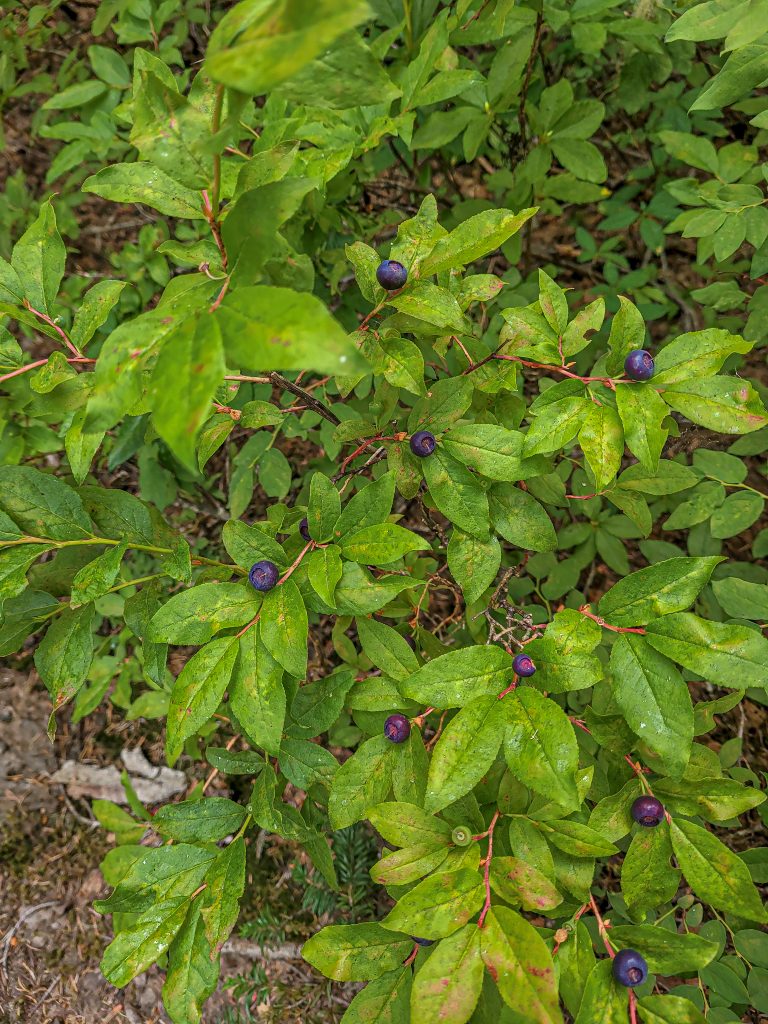
Huckleberries
Most plants still had small green berries, and the plants below 3,000 ft had hardly any at all. This is because of the nearly two month long drought we have had. The plants bloomed as usual but soon the buds dried up and fell off. Last weekend we found better numbers of bush huckleberries and even several plants with ripe berries on them. It was a pleasant surprise. One thing we did notice was the lack of ground blueberries (another variety of huckleberry).
Salmon Berries
Salmon berries were on as of three weeks ago. These are a yellow to orange wild berry that looks much like the shape of a blackberry and often found at low elevations near water. Especially along rivers and streams but also in shady areas, the salmon berry patch is a good place to find bears in early to mid-August.
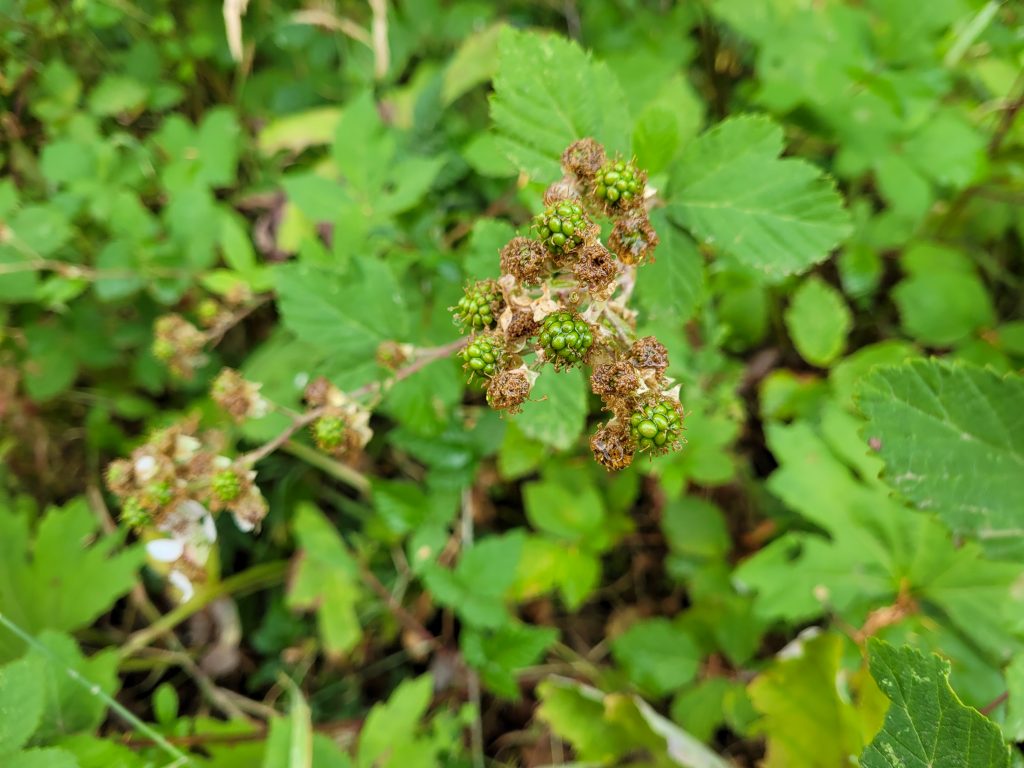
Blackberries
Wild blackberries are mostly the native trailing blackberry variety which are smaller berries and often come on later than the commercial or common blackberry. The latter has been ripening up nicely for the past few weeks or so while this past weekend I found the trailing variety at 3,500 feet to still be very green. Look for blackberry patches below 3,500 feet for now to find bears.
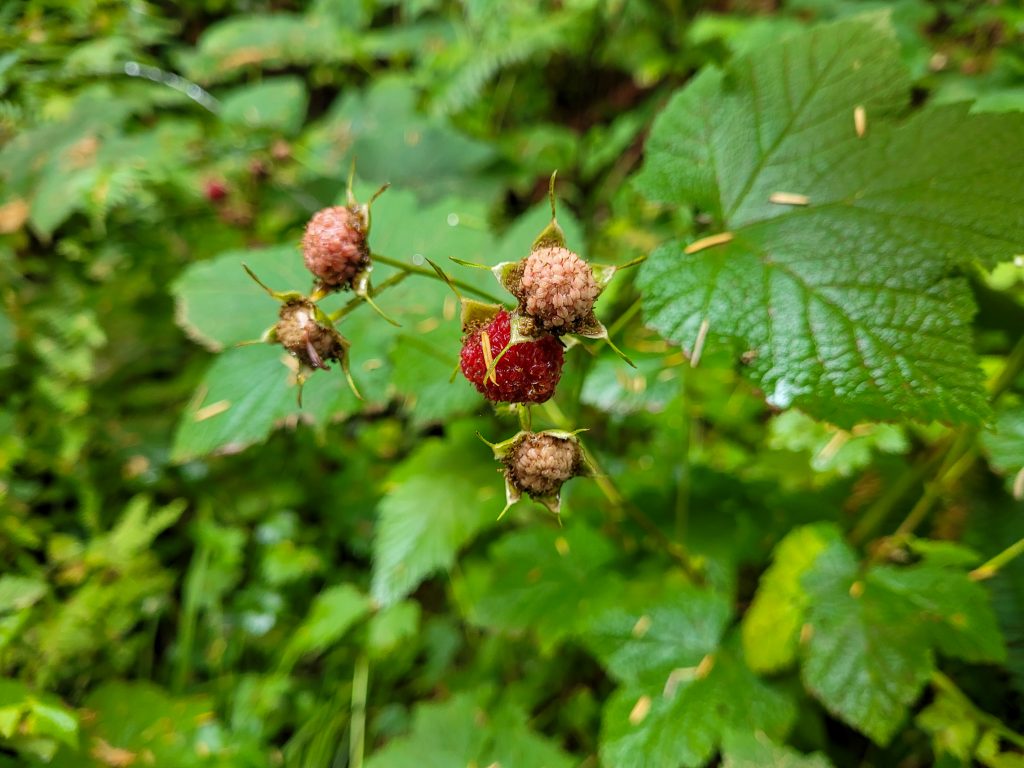
Thimbleberries.
These wild raspberries are commonly found in avalanche chutes, near creeks and along the shady parts of trails. Their broad leaves give them away from a long distance so finding these patches and glass for bears is a good way to fill your tag right now. The berries are ripe and will continue to ripen until the first frost.
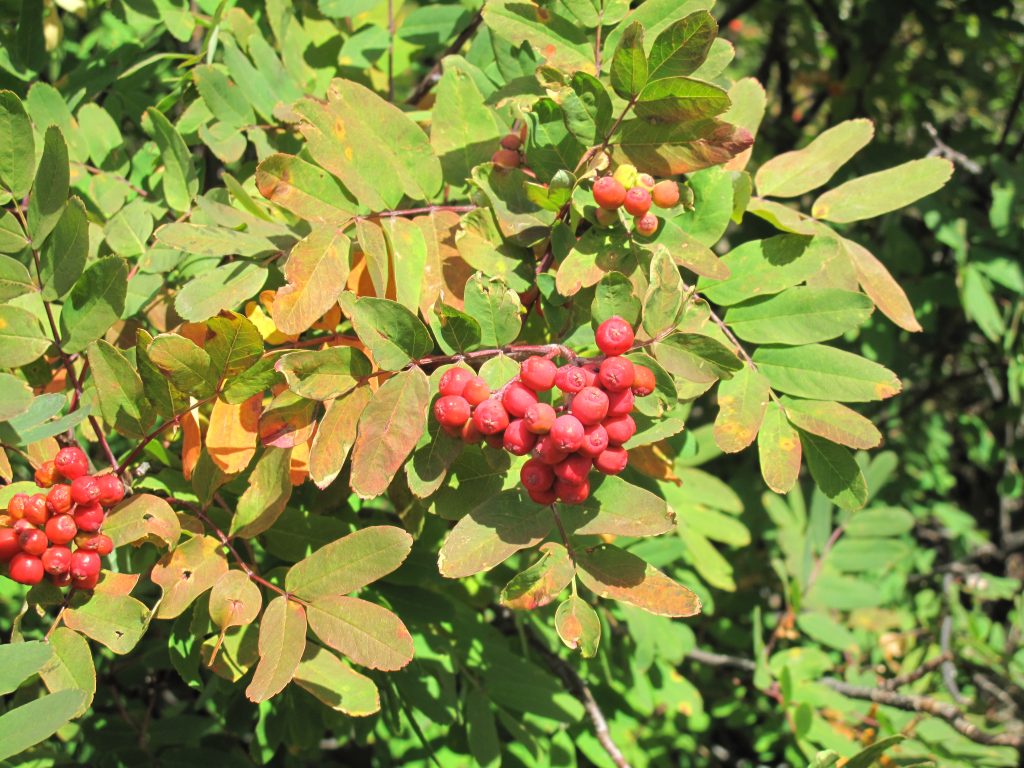
Mountain ash
These trees that are really just large bushes produce clusters of berries. They are not edible for humans (unless you boil them but even then it is not recommended) but black bears love them. A good way to find bears in the fall is to look over large slopes that have mountain ash on them and look for the shaking trees. You can spot a bear from more than a mile away this way. Mountain ash tends to ripen once it starts to frost, which will cause the sugars to concentrate in this fruit. Look for mountain ash trees now, but know that the bears will be feeding on them once the berries turn orange to red in mid-September.
There are several other varieties of berries and edible plants that bears eat and it is a good idea to learn each of them for the area you like to hunt. Finding the food source means you will eventually find a bear.
Jason Brooks
The Outdoor Line Field Editor

